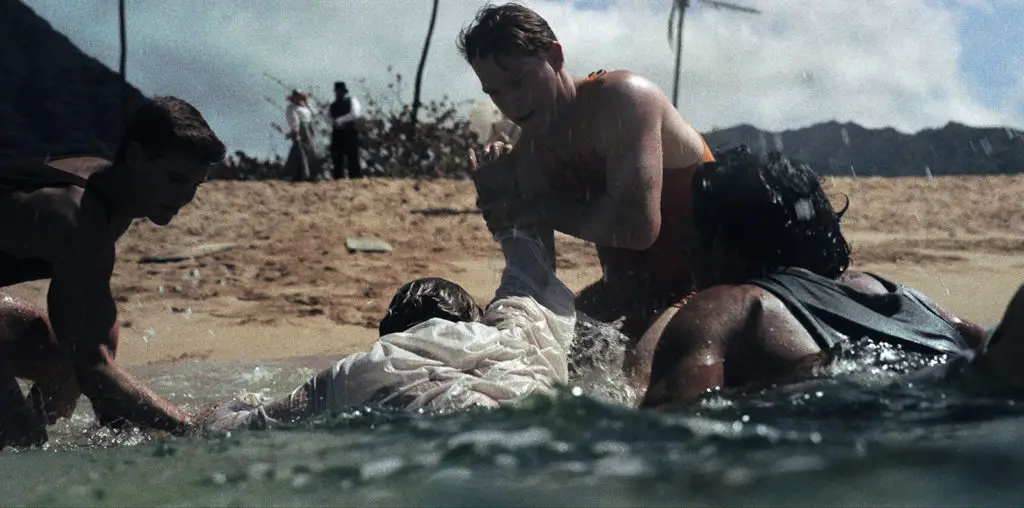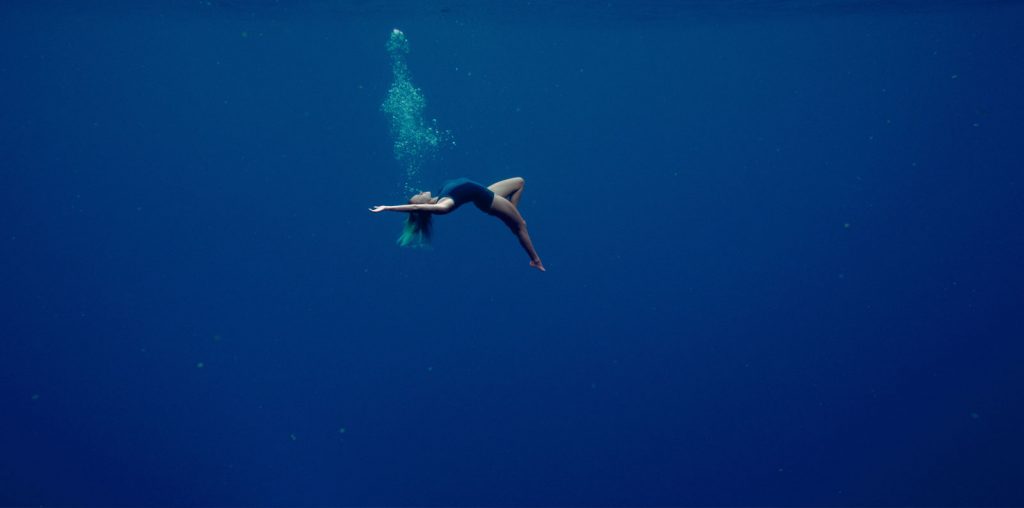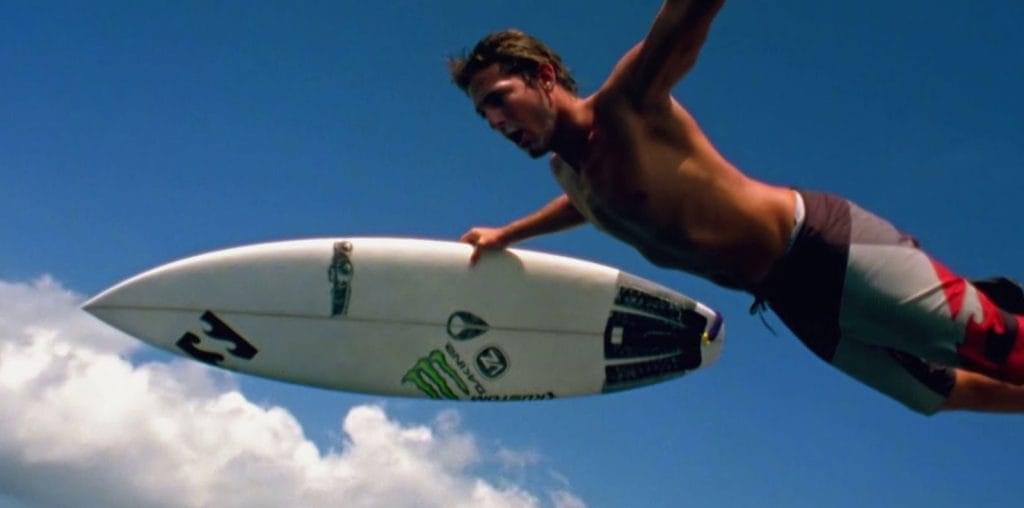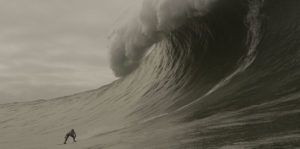
TORONTO INTERNATIONAL FILM FESTIVAL 2022 REVIEW! Even if your only exposure to surfing consists of humming Beach Boys songs, Maya and the Wave might make you want to hop on a board. Maya Gabeira’s quest to prove that big waves (from 40 to 100 feet) don’t care if the people riding them have Y chromosomes is inherently engrossing. Director Stephanie Johnes effortlessly captures why the pursuit of aquatic giants might be a life-threatening act of madness. Thankfully, she also demonstrates why Gabreira’s surfing obsession matters.
Gabeira, who hails from Brazil, doesn’t come from a community near big waves. Nonetheless, she has attracted a lot of attention because few women have tried to do what she’s done. She began surfing at age 13 and went pro at 17, quickly proving herself as one of the best big wave surfers around. Gabeira’s won championships, received corporate sponsorship from Red Bull, and has rightfully graced countless magazine covers.
Throughout Maya and the Wave, directors of photography Johnes, Jorge Leal, João Pedro Plácido, and Dudu Miranda present both the majesty and the danger of the big waves. It’s easy to sense how they could crush anyone who mishandles them. The surfer is keenly aware of her sport’s risks and still proceeds. That’s the definition of bravery. It’s awe-inspiring to see how Gabeira slides under the moving peaks as if they couldn’t possibly harm her. That is until one particularly fearsome wave did just that in 2013, off the coast of Nazaré, Portugal. She nearly drowned, injured her ankle, and endured numerous back surgeries.
Considering the nature of the accident, retirement seemed rational, but not if you come from Gabeira’s family. Her father is part of the Green Party of Brazil and took part in the 1969 kidnapping of the American ambassador as a protest against the Brazilian military junta. He was shot during the incident and lived for a decade in exile. He returned to serve as a deputy for the State of Rio de Janeiro from 1999 to 2011. Neither father nor daughter is a quitter.
“…Gabeira’s quest to prove that big waves don’t care if the people riding them have Y chromosomes…”
Gabeira’s time on the board is also a giant middle finger to sexism. When she arrives at an airport in Hawaii, the woman behind the counter asks Gabeira if she is a model. She demurely says no, but many of her peers rudely declare her appearance is the only reason she’s in the sport. While legions of them have ended up injured or dead, they also believe that no woman should take the same risks. They also deride her skills and suggest she should stick with posing for Instagram. These crybabies sound less like men and more like shallow, frustrated teenagers. One male record holder refutes their claims, noting that her initial success had as much to do with relentless training as it did walking a red carpet.
The titular subject of Maya and the Wave also proves she’s astonishingly clever. Like many of her fellow surfers, Gabeira can carefully read complicated meteorological data and interpret where and when to find the best waves. Johnes either captures or includes lots of footage that follows her career and home life. There seems to be video of each big wave Gabeira navigates and each painful step she takes to return to competition. There are the requisite talking head interviews in Portuguese and English, but Johnes manages to let viewers watch the story without needless commentary. With a subject like Gabeira, audiences don’t require a lot of chatter.
Gabeira may depend on finding the right wave to look as if she has repealed the laws of physics and gravity, but she’s clearly got the will and the ability to capitalize on her good fortune when others could not. Similarly, the title subject in Maya and the Wave is so graceful and elegant that you can almost forget the Herculean struggle that made it possible.
Maya and the Wave screened at the 2022 Toronto International Film Festival.
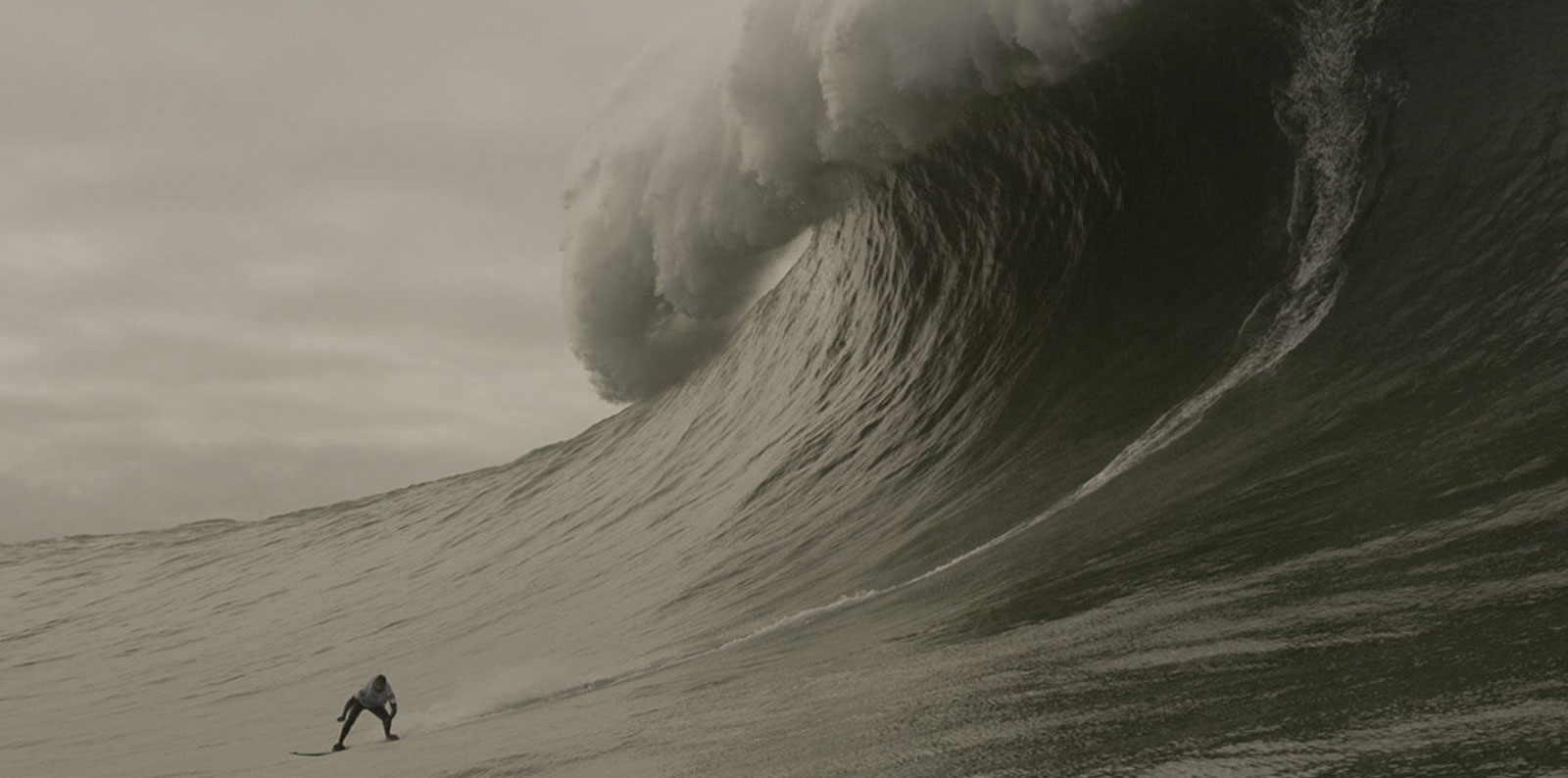
"…graceful and elegant..."
